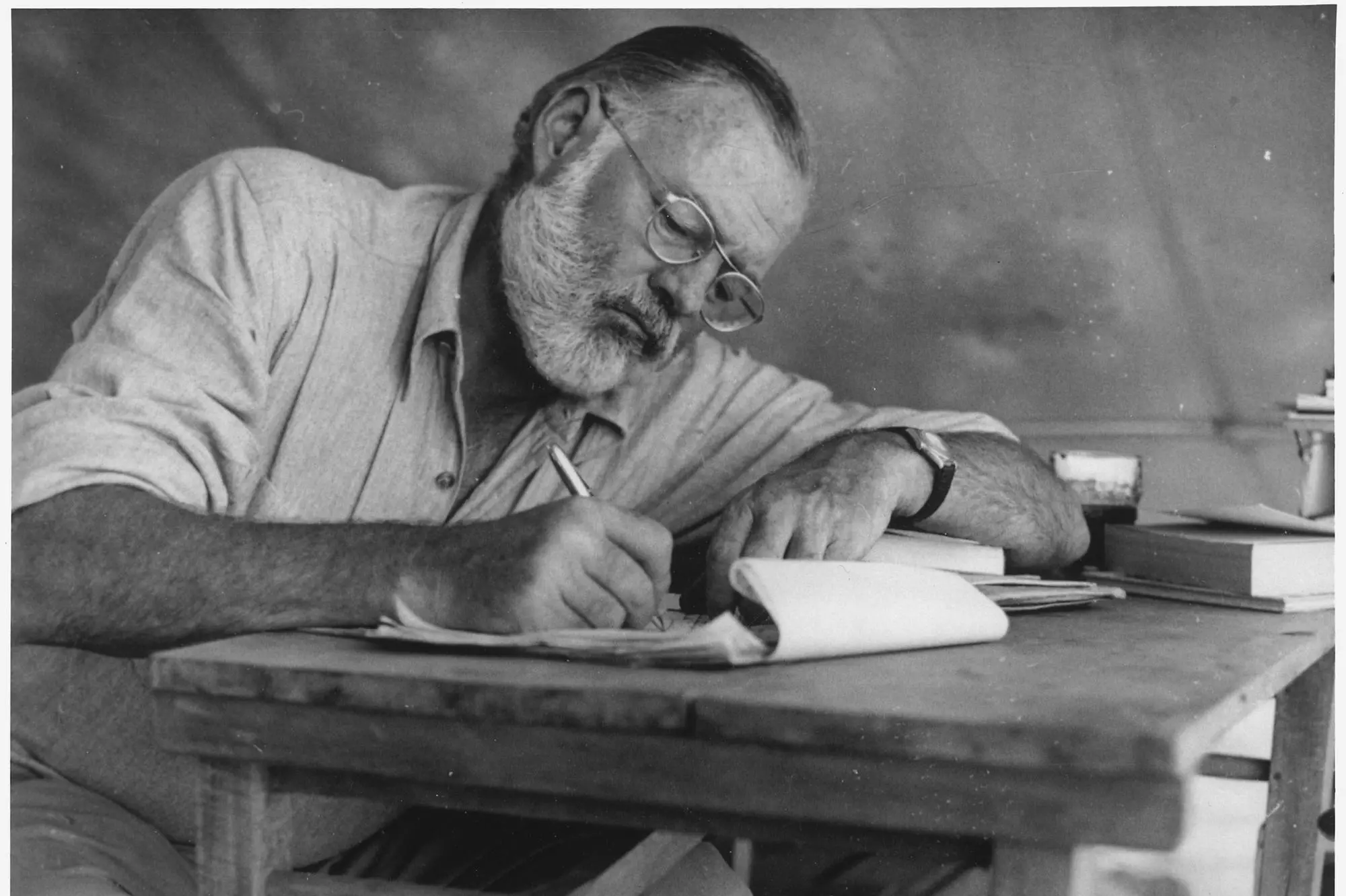In Pamplona, on the trail of Hemingway
Giuliano Malatesta reconstructs an ideal biography of the great American writerPer restare aggiornato entra nel nostro canale Whatsapp
Spain was a vocation rather than a destination for Hemingway. And if Madrid always played the role of the transgressive city, "where no one goes to bed before having killed the night", Pamplona, with its crazy San Fermín celebration, represented its fetish place, the refuge, even when reality was predict the arrival of the first ghosts. Starting from these suggestions, the journalist Giuliano Malatesta set out on the "Spanish" trail of the great American writer, writing down a book that is both memoir and reportage.
“In Pamplona with Ernest Hemingway” (Giulio Perrone Editore, 2024, pp. 136) traces, in fact, Hemingway's long relationship with Pamplona - where the American writer went nine times throughout his life - almost as if to draw a ideal biography.
We asked Giuliano Malatesta how the idea of a volume so evidently in love with Spain and the narrative talent of the great American novelist was born:
«Normally my books, almost always linked to travel literature, or in any case to a certain type of story of a particular place told from an often personal perspective, never arise from a single idea but from a set of suggestions, readings, ideas , and of course travel. In this specific case I had picked up The Sun Also Rise, which I consider an extraordinary novel, and reading it again made me curious to delve deeper into Hemingway's Spanish adventure, which after all lasted his entire life. So, I pitched the idea to Giulio Perrone, with whom I had already published two other works, thinking that the Passaggi di Dogana series lent itself perfectly to the work I had imagined."
Are you more fascinated by Spain or Hemingway?
«Oh God, put like that I couldn't answer, but I can tell you that the combination is almost unbeatable. Jokes aside, I've always had a certain type of fascination for Spain since I was a boy. Not so much for the cities, although as a kid I went crazy for Barcelona, while today I think that Madrid is in some respects a more interesting city than New York, but for the so-called Eternal Spain. The spiritual one. Moans, mantillas and heel clicks. The one linked to traditions. That of the Semana Santa processions and the religious fervor that exudes from Zurbarán's paintings. What Leonardo Sciascia, a refined scholar of Spanish history, defined as 'a way of being' even before a nation. Here, in Hemingway's stories and stories I found all these stories and these atmospheres."
What kind of connection did Hemingway have with Spain?
«Spain was to all intents and purposes his second homeland. A place considered culturally at odds with the dark Anglo-Saxon world from which he came. But also a country where he could give free rein to many of his initial passions and interests. I think of modern art, and in particular cubism, which will profoundly influence his writing style. I naturally think of the world of bullfighting, so important for him in the first part of his life, and obviously also of the theme of death, which we could say ran through all of Hemingway's work. A vision of death understood as acceptance, as an extension of life, radically different from the dark and gloomy one typical of Anglo-Saxon culture. To put it like Garcia Lorca in Theory and Play in Duende: death is not an end."
Why so much attraction for Pamplona?
«Pamplona symbolically represents his youth, that place where you can return and feel like a child eternally. But also the battlefield where he finally managed to find the human and literary material that he had been desperately looking for since the day of his arrival in Europe to write his first blessed novel, The Sun Also Rise, or the text that introduced readers to the XX century. It seems to me enough to make it a sort of privileged place."
